A poorly defined jawline is a common concern. It may be due to an excess of soft tissue or fat, which hides the underlying jaw, or result from a poorly defined mandible (jaw bone).
It may be possible to improve definition of the jaw by liposuction, but for most people mandibular implants are needed. Depending on the nature of the problem insertion of chin implants or mandibular angle implants may be affective and in some cases an implant that covers the entire lower border of the mandible may be needed. If only the chin area needs treatment, a genioplasty may be more effective than a chin implant.
For people with very small lower jaws, a mandibular osteotomy that moves the entire lower jaw may be necessary.
There are many types of mandibular implants. The most common materials used to make them are;
Silicone
Porous polyethylene (Medpore)
PEEK. (Peek implants are usually custom made to fit each individual.)
My own preference for most problems is to use PEEK because it is carefully designed to fit the mandible and the fact that it is rigidly fixed to the bone and non-porous makes it very resistant to infection or movement.
Medpore is also a useful material, which although generally not custom made, can be carved by the surgeon to achieve a more precise augmentation. It is much less costly than PEEK, but has a higher infection risk, particularly when inserted through incisions in the mouth.
Silicone implants are easily molded to the contours of the bone and are simple to insert. They are difficult to fix rigidly to the bone and have a tendency to move and migrate.
Mandibular implants can be inserted through external incisions beneath the jaw or through intra oral incisions (inside the mouth). Each approach has its own advantages and disadvantages. Intra-oral incisions do not leave noticeable scars, but have a greater risk of infection. Extra oral incisions are a safe approach, but may leave noticeable scars. The best incision depends on the type and shape of implant and individual preference.
Frequently Asked Questions
Peek implants are designed specifically for each individual problem. A well-designed implant will fit the jaw perfectly and achieve the exact shape required.
The first stage of the design process involves taking a set of photographs and digitally altering them so that the surgeon and patient can decide exactly the changes desired.
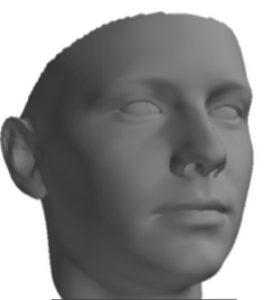
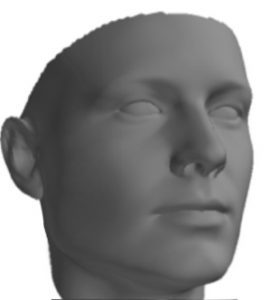
These photos are used by the surgeon and implant engineer to guide the implant design.
A 3D CT scan is taken of the area to be treated and a virtual model of the skull is generated. The changes in the photographs are used to guide the change in bone shape.
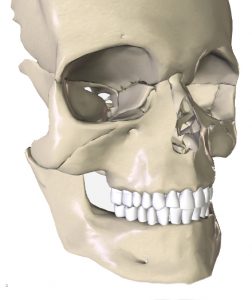
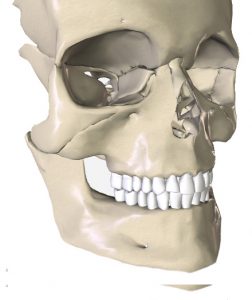
Once the ideal shape change of the jaw has been achieved, the difference between the shape and volume of the original jaw and the desired shape is defined and the implant is constructed to augment the original jaw shape to the desired shape.
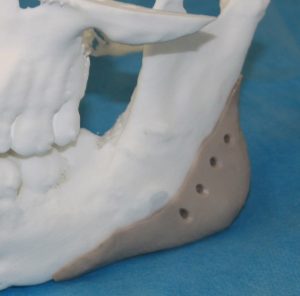
In this example, a PEEK implant has been constructed to augment the angle of the mandible.
Current technology uses computer driven milling technology to construct PEEK implants. (In the future, it is likely that these implants will be made with 3D printers.)
The implants are then checked for accuracy and sterilized ready for insertion.
